We explain everything about the culture of Japan, what its influences and political relations are. Plus, its features, fine art, and more.
What is the Culture of Japan?
As its name indicates, the culture of Japan or Japanese culture summarizes the way of living, relating and conceiving the world of the Japanese region , that is, of the inhabitants of the Japanese nation and its ancestral culture.
Japan is an island country in Asia, located in the Pacific Ocean off the coast of China and Taiwan . It is made up of an archipelago of some 6,852 islands and its limited area of 377,915 km2 is home to almost 127 million inhabitants (2015 census).
Its culture , strongly influenced by China in its origins, is about 2677 years old , and is characterized by its own language, its own religions and its own traditions, but amalgamated in a complex process of syncretism over the centuries.
Governed by a parliamentary monarchy with a long national tradition, this country has played an important role in Asian and world politics , especially in the 20th century when it allied itself with Nazi Germany and Fascist Italy in what became known as the Berlin-Axis. Rome-Tokyo during World War II . His surrender sentenced the end of the conflict, after the cities of Hiroshima and Nagasaki were bombarded with atomic bombs by the United States, in one of the worst military massacres in the history of mankind.
General aspects of Japan

Japanese culture is governed in terms of interpersonal relationships by giri , a name given to the set of duty, obligation and honor, which generates quite a contrast with the individualistic tradition of the West .
Family situations are much more lax in matters related to morality or socially accepted behavior, but in return the relationship with hierarchical superiors or with strangers is extremely formal.
Enormous respect is also paid to the elderly and ancestors , who are often worshiped spiritually at home altars.
Japan country name

Japan ( Nippon / Nihon in Japanese, written ??) is a term of Chinese origin, which translates “origin of the sun” . In pictographic writing it is written using the symbols corresponding to “sun” and “root”.
This is also found depicted on the national flag , it consists of a red circle on a white background.
Chinese influence in Japan
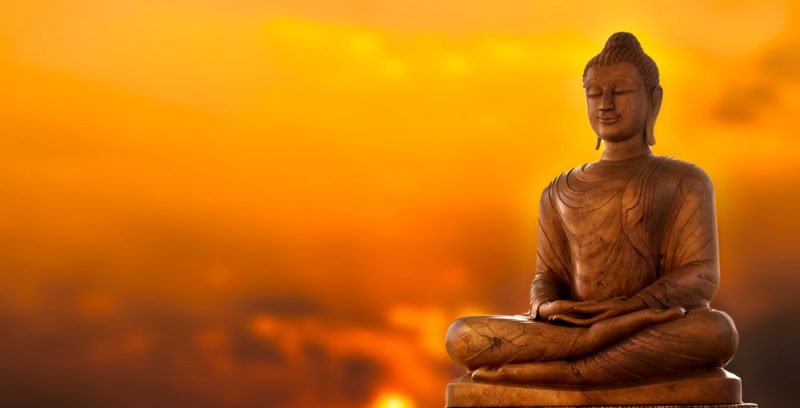
The influence of this neighboring country in the formation of Japanese culture has been decisive. In fact, both the Buddhist religion and Chinese calligraphy were imported from the continent , with which they had extensive trade relations and will have a strained relationship of sympathy and rivalry throughout the centuries.
Japan's relations with the West
Japan closed its borders for more than two centuries to all Western influence , since the ruling shogunate ( military government ) in the 17th century considered the Christian missions established by the Portuguese navigators since 1549 as a strategy for military invasion.
This blockade continued until the 19th century , when Japan was incorporated into the modern world, abolished the feudal system and assimilated many Western republican customs and institutions, the result of which was to lead Japan to soon become a world power with imperial spirits and, therefore, , to participate in the numerous wars of the 20th century.
After its defeat in World War II, Japan was occupied by the US army until 1952 , which led to an intense westernization process that, together with the prosperity resulting from the industrial and later technological revolution , have made Japanese a culture highly regarded in the West , as evidenced by the massive consumption of manga and anime (comics and cartoons) that followed the 1980s.
Japanese language
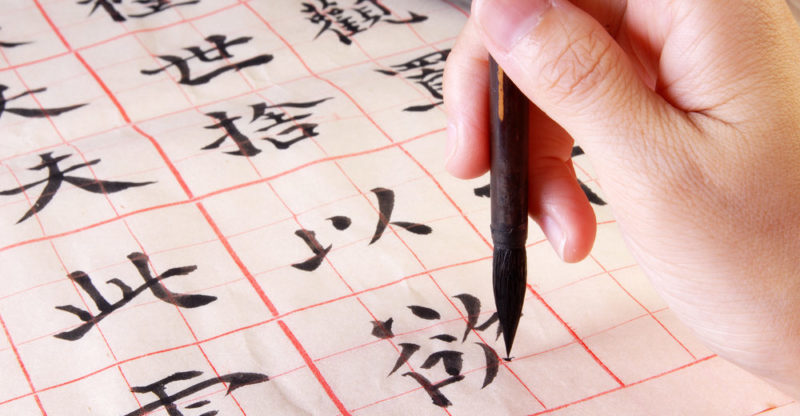
Japanese is the ninth most widely spoken language in the world and encompasses a set of dialects similar to the Ryukyu languages (from the Ryukyu Islands in southern Japan).
It is considered, especially by Westerners, as a complex bisyllabic and agglutinating language , which has nevertheless provided numerous words to Western languages .
Japanese writing has three levels or modes : kanji, made up of pictograms of Chinese origin incorporated in the 5th century; and two syllabaries that are hiragana and katakana, of Japanese own creation in the 9th century.
Japan religion
In Japan various religions coexist with superstitions typical of the territory . The majority of Japanese citizens do not profess a particular religion, although they may carry out practices linked to Buddhism , Christianity or Shintoism.
The latter is a polytheistic religion indigenous to Japan, whose influence on Japanese mythology is profound, and which is practiced in temples called Shinto or Jinja according to four principles or affirmations: tradition and family, love of nature, purification and commemoration of the popular festivities.
However, the religion with the largest number of faithful in Japan is Buddhist , which came from Korea in the 6th century and was adapted to the local culture, to the point of assimilating with Shinto and becoming almost the same belief. Christianity, for its part, reaches a not inconsiderable 1.4 million faithful in Japan.
Japanese dress
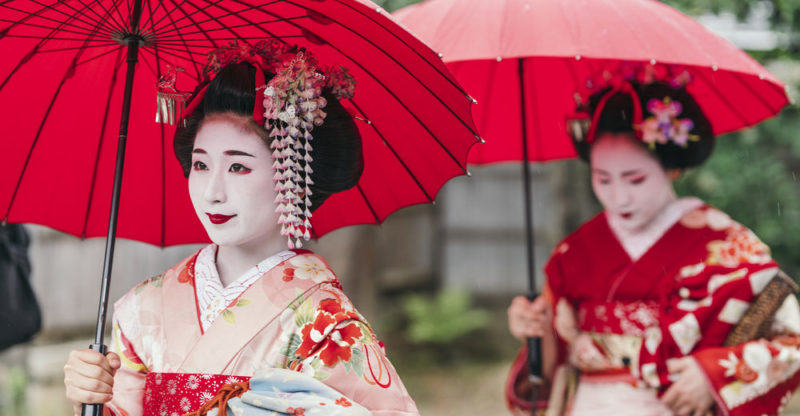
Traditional Japanese clothing stands out for the use of unique garments such as the kimono , a long and colorful dress worn by men, women and children, which is tied at the waist with a cloth belt ( obi ) and whose complexity has led to its disuse. There is also a typical wooden shoe ( geta ) in the manner of clogs.
Contemporary clothing, on the other hand, tends toward the exotic, the rococo , and hyper-capitalist designer styles , which have made fashion in Japan a kind of extreme reflection of certain Western trends.
Japanese gastronomy

Japanese food is very popular in current times , to the point of turning sushi (based on raw fish) into a typical dish of fast food fairs in the West.
However, the true Japanese gastronomy is complex and heir to an ancient culinary legacy , similar to that of China, in which rice and seafood have a predominant presence.
In terms of drinks , infusions and rice liquor or sake predominate .
Japanese fine arts
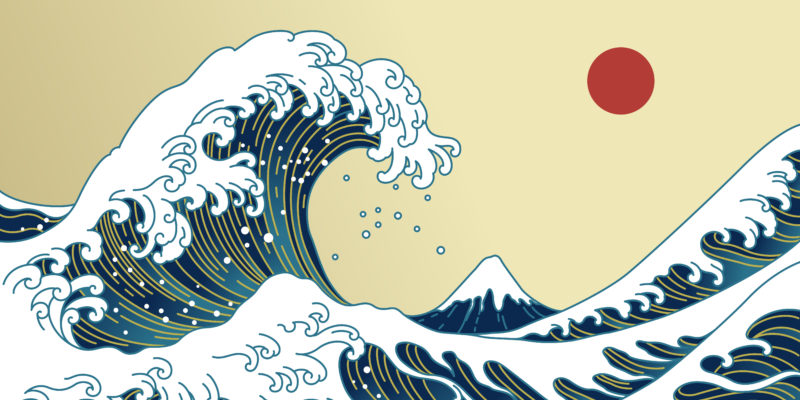
In Japan , calligraphy is understood as an art , when executed with the traditional brush. It is usually exercised through phrases, thoughts or poems.
Regarding the latter, the Japanese tradition has its own way of making poems, known as haikus , which consist of a fixed meter based on three long lines, very descriptive and silent in nature. The great worshiper of this traditional genre was Matsuo Bashô (1644-1694).
Other traditional art forms in Japan involve ikebana, the art of flower arranging, harmonizing colors, rhythms, and textures . Also woodblock printing or Ukiyo-e.
Regarding the traditional arts, painting stood out a lot in Japan, with the same calligraphy brush. A well-known exponent of the local style was Hokusai , a renowned illustrator.The literature has been perhaps one of the richest aspects and celebrated of Japanese culture, with authors like Yukio Mishima (1925-1970) or Yasunari Kawabata (1899-1972, winner of the Nobel Prize in 1968); along with cinematography , by the acclaimed director Akira Kurosawa (1910-1998), among others.
Japan sports
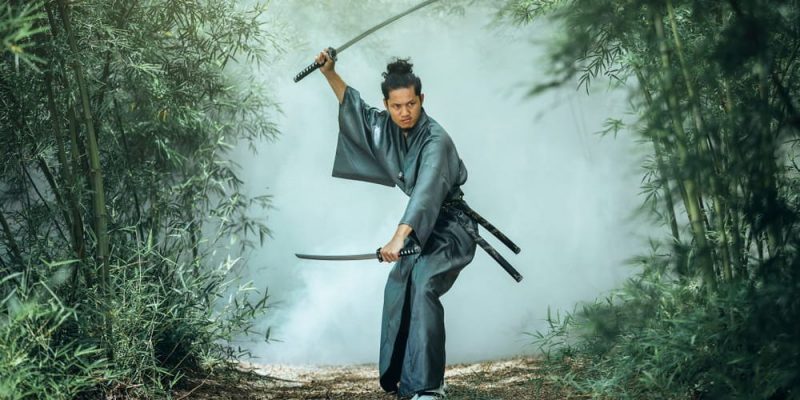 A wide variety of sports , both traditional and modern , are practiced in Japan , such as martial arts (karate, jujitsu, kendo, judo, aikido, iaido or the popular sumo), or Western sports (baseball, soccer, basketball, volleyball, etc.). table tennis, rugby, etc.).
A wide variety of sports , both traditional and modern , are practiced in Japan , such as martial arts (karate, jujitsu, kendo, judo, aikido, iaido or the popular sumo), or Western sports (baseball, soccer, basketball, volleyball, etc.). table tennis, rugby, etc.).The above content published at Collaborative Research Group is for informational and educational purposes only and has been developed by referring to reliable sources and recommendations from experts. We do not have any contact with official entities nor do we intend to replace the information that they emit.
Cultural journalist with great interest in education and technological innovation in the classroom. The future passes through technology and it is already here. .
Leave a reply
Your email address will not be published. Required fields are marked *Recent post

Sport: What Is It, Types, Risks, Features, Characteristics and Examples

Dogs: Emergence, Features, Characteristics, Feeding and Breeds

Story: Definition, Elements, Structure, Features and Characteristics

